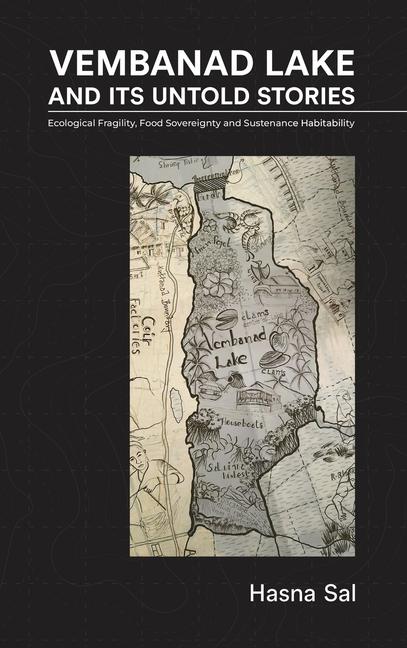Description
This book investigates the historical evolution, ecological challenges, and socio-economic transformations of Vembanad Lake over the past century. The testimonies of
fishermen, clam collectors, coir weavers, bund operators, mangrove cultivators, houseboat workers, oceanographers, bird sanctuary volunteers, and agricultural laborers reveal nuanced understandings of the lake's seasonal rhythms, changes in fish and bird populations, shifts in salinity, and the socio-economic impact of interventions such as the Thanneermukkom Bund.
Through these voices, the lake's history emerges not only as a record of ecological change but as a narrative of resilience, displacement, and adaptation. By integrating
cartographic and diagrammatic analysis with oral histories, the book advocates for a transdisciplinary framework that values localized, experiential knowledge as essential for designing inclusive conservation strategies. Preserving Vembanad's future requires not just ecological restoration but also the honoring and safeguarding of the cultural and historical memory embedded
in the stories of those who have experienced its transformations. Oral testimonies thus serve as critical archives for both environmental stewardship and social justice.
Product Details
- Jun 11, 2025 Pub Date:
- 9798899841453 ISBN-10:
- 9798899841453 ISBN-13:
- English Language




